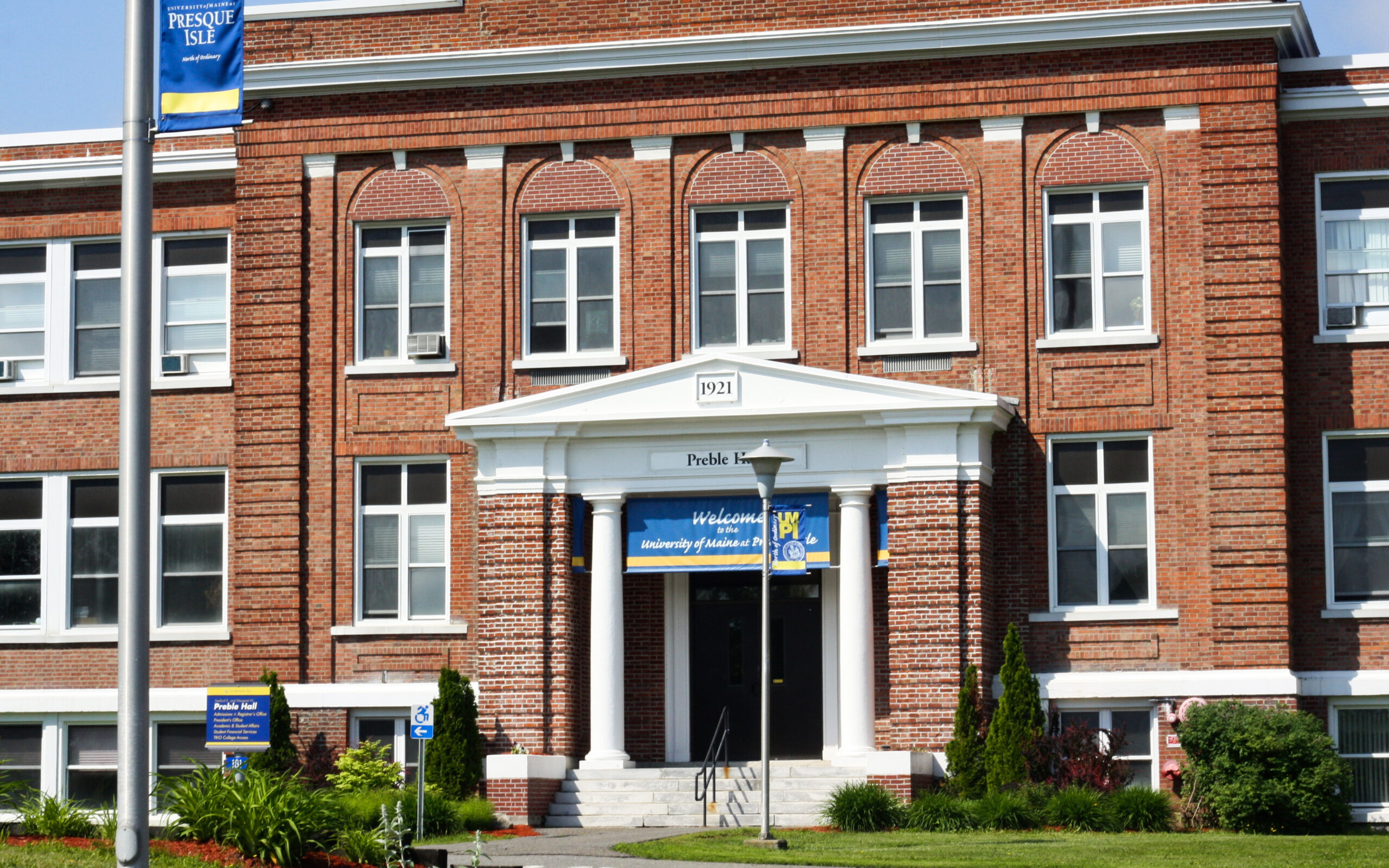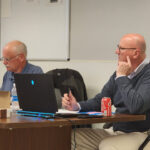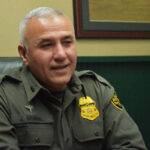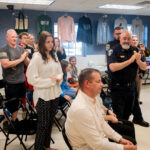PRESQUE ISLE, Maine — No one could predict how the COVID-19 pandemic would affect students’ health and well-being or their coursework when the University of Maine at Presque Isle first transitioned to remote learning in March.
Now that the fall semester is nearly over, UMPI faculty and staff have been making note of the teaching and learning strategies that succeeded and how the spring semester might look different, depending on local COVID-19 trends and student interest.
Around one-third of the students intended to enroll in only face-to-face courses on campus when the fall semester began, UMPI President Ray Rice said. By the end of the semester, only a quarter of those students were still enrolled in traditional live classes. The remainder of students completed classes fully online or through a hybrid option, in which they attended a live class from home via Zoom.
At the start of the semester many faculty members added more live sections of courses in response to an unexpected increase in nursing, education and business majors, as well as fully online sections to ensure the number of students stayed aligned with social distancing measures.
“We want to be much more deliberate in the planning of the spring schedule than we were in the fall,” Rice said. “This semester we had tried to estimate how many students would prefer on-campus or distanced classes, but the numbers went beyond what we anticipated.”
For professors like Alana Margeson, who directs UMPI’s education program and the Center for Teaching and Learning, the fall semester involved constant reflection on teaching methods to keep students engaged, especially when at a distance.
More students, Margeson noticed, were dealing with home, work and school balance in ways they had not before the pandemic. Non-traditional students found themselves taking courses at a distance in order to look after children, many of whom also were learning from home. Others were concerned about the safety and well-being of family members.
“It was all about making sure that the courses were well-paced for students. Everyone had more on their plate this semester than usual,” Margeson said. “There were a lot more check-ins with students about their social and emotional well-being.”
Despite the often unpredictable changes that have happened during the pandemic, Margeson saw many education students benefit from studying best practices of online learning just as they were about to embark on their student teaching.
“Many of our students’ field supervisors have told us, ‘Your students took the lead in teaching us about these technologies’,” Margeson said. “Students have been able to apply their teaching strategies as soon as they head into the field.”
As many colleges and universities across the country have gone back to remote learning after COVID-19 outbreaks, UMPI managed to avoid positive cases until four asymptomatic students tested positive in late November. Their quarantine coincided with the Thanksgiving break, after which UMPI enacted its plan to finish the semester’s courses remotely.
Both Margeson and Rice credit UMPI’s avoidance of an outbreak with students’ adherence to social distancing and mask requirements and an overall “atmosphere of gratefulness and resiliency” on campus.
“Students would often say that even though they had to wear masks and sanitize their desks, they were so glad to be back and wanted to stay as long as they could,” Margeson said. “There was a sense of togetherness and willingness to take care of one another.”
Rice said that the continual increase in Aroostook County’s COVID-19 case numbers are already a concern as the university plans for the spring semester. Though total positive cases remained low throughout most of the fall, he expects that the winter could bring about another transition to remote learning if there is widespread infection among faculty, staff and students.
“Our goal is to reopen safely, but we can only do that if the environment around us remains conducive to that goal,” Rice said. “The responsibility lies upon our community members to keep each other safe.”








